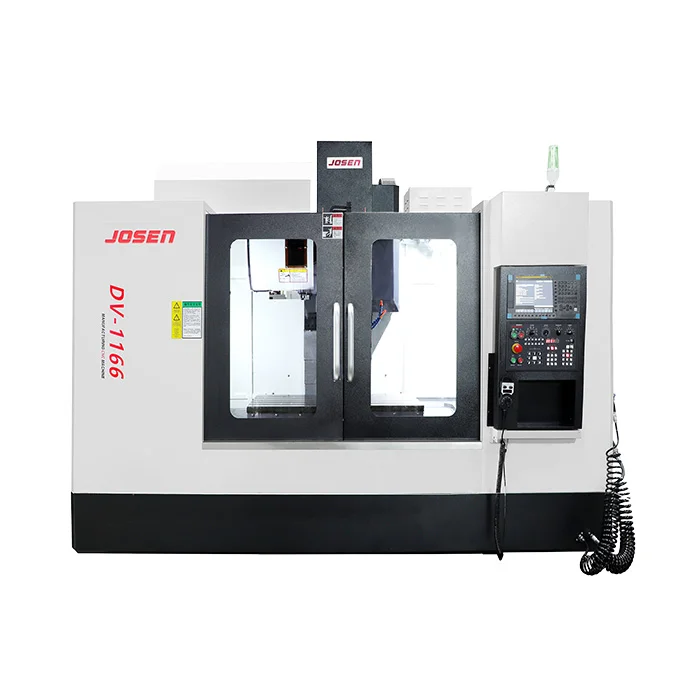Heat exchangers are critical components in various industrial processes, including HVAC systems, power generation, and chemical manufacturing. They facilitate the transfer of heat between two or more fluids, ensuring efficient energy use and maintaining optimal operating conditions. However, one common question arises among engineers and facility managers: How long do heat exchangers last? The answer is not straightforward, as several factors influence their lifespan. This article delves into the various aspects that determine the durability of heat exchangers and offers practical maintenance strategies to extend their operational life.
Understanding Heat Exchanger Lifespan
The lifespan of a heat exchanger can vary significantly based on its design, materials, operating conditions, and maintenance practices. Generally, heat exchangers can last anywhere from 10 to 30 years, but this range can be influenced by several key factors:
- Material Selection: The choice of materials used in the construction of a heat exchanger plays a crucial role in its longevity. Common materials include stainless steel, copper, and various alloys. Each material has its own resistance to corrosion, temperature fluctuations, and pressure changes. For instance, stainless steel is often preferred for its corrosion resistance, while copper is favored for its excellent thermal conductivity. Understanding the operating environment and selecting appropriate materials can significantly enhance the lifespan of the heat exchanger.
- Operating Conditions: Heat exchangers are subjected to various operational stresses, including temperature, pressure, and fluid composition. High temperatures and pressures can accelerate wear and tear, while corrosive fluids can lead to material degradation. Regular monitoring of operating conditions and ensuring they remain within the manufacturer's specifications can help mitigate these risks.
- Design and Configuration: The design of a heat exchanger, including its size, type (shell-and-tube, plate, air-cooled, etc.), and flow arrangement, can impact its efficiency and durability. For example, a well-designed heat exchanger that minimizes pressure drops and optimizes flow patterns can reduce the likelihood of fouling and thermal fatigue, thereby extending its lifespan.
- Maintenance Practices: Regular maintenance is essential for prolonging the life of heat exchangers. This includes routine inspections, cleaning, and repairs. Fouling, which occurs when unwanted materials accumulate on the heat transfer surfaces, can significantly reduce efficiency and lead to overheating or failure. Implementing a proactive maintenance schedule that includes cleaning and monitoring for signs of wear can help identify issues before they escalate.
Signs of Wear and When to Replace
Despite best efforts in maintenance, heat exchangers will eventually show signs of wear. Common indicators that a heat exchanger may need replacement include:
- Decreased Efficiency: A noticeable drop in heat transfer efficiency can indicate fouling or internal damage.
- Unusual Noises: Uncommon sounds during operation may signal mechanical issues or vibrations caused by wear.
- Leaks: Fluid leaks are a clear sign of failure, often necessitating immediate attention.
- Corrosion: Visible signs of corrosion on the exterior or interior surfaces can compromise structural integrity.
Conclusion: Maximizing Heat Exchanger Lifespan
In summary, the lifespan of heat exchangers is influenced by a multitude of factors, including material selection, operating conditions, design, and maintenance practices. While the average lifespan ranges from 10 to 30 years, proactive measures can significantly extend this duration. By understanding the specific needs of your heat exchanger and implementing a robust maintenance strategy, you can ensure optimal performance and longevity.

